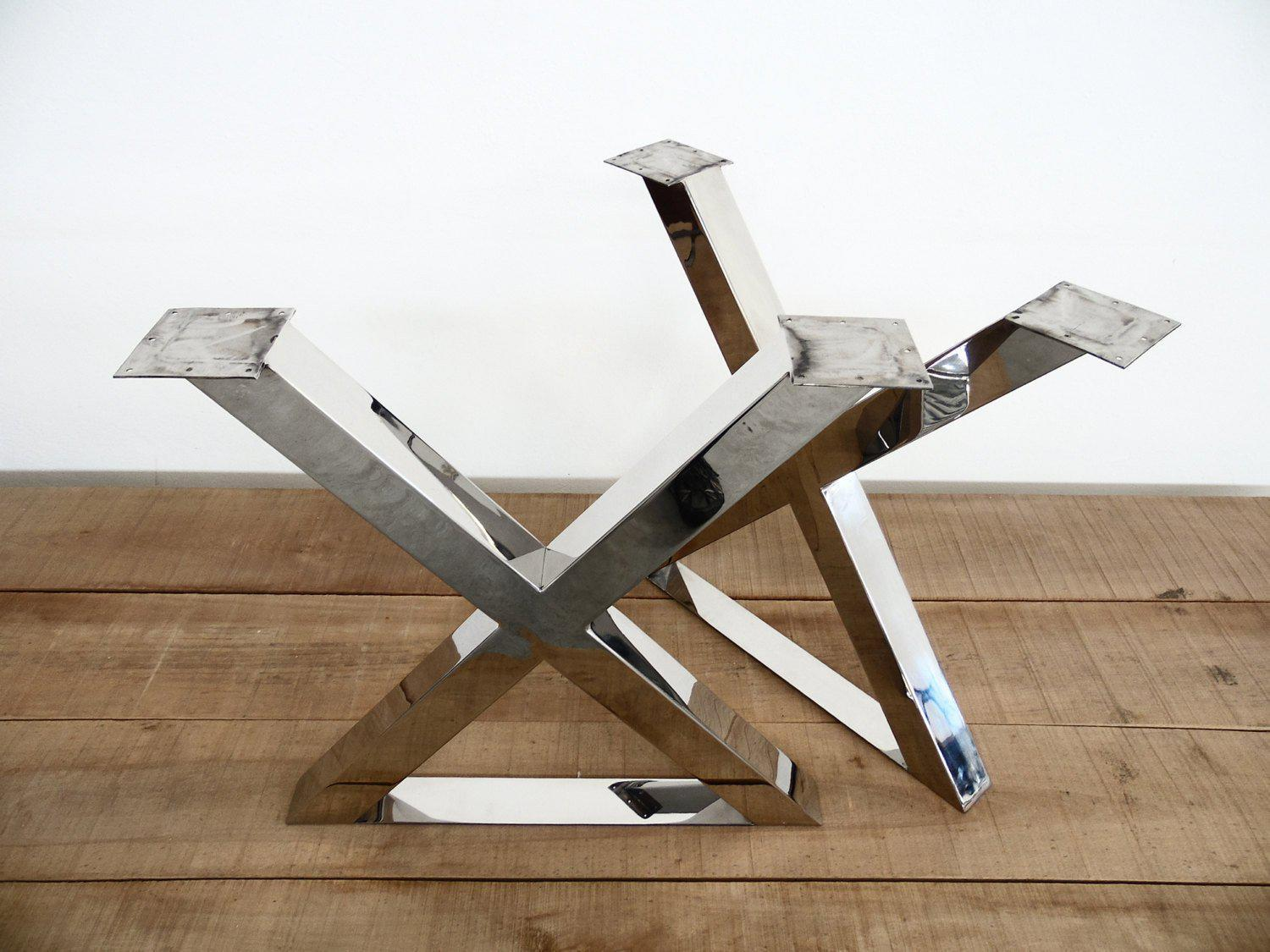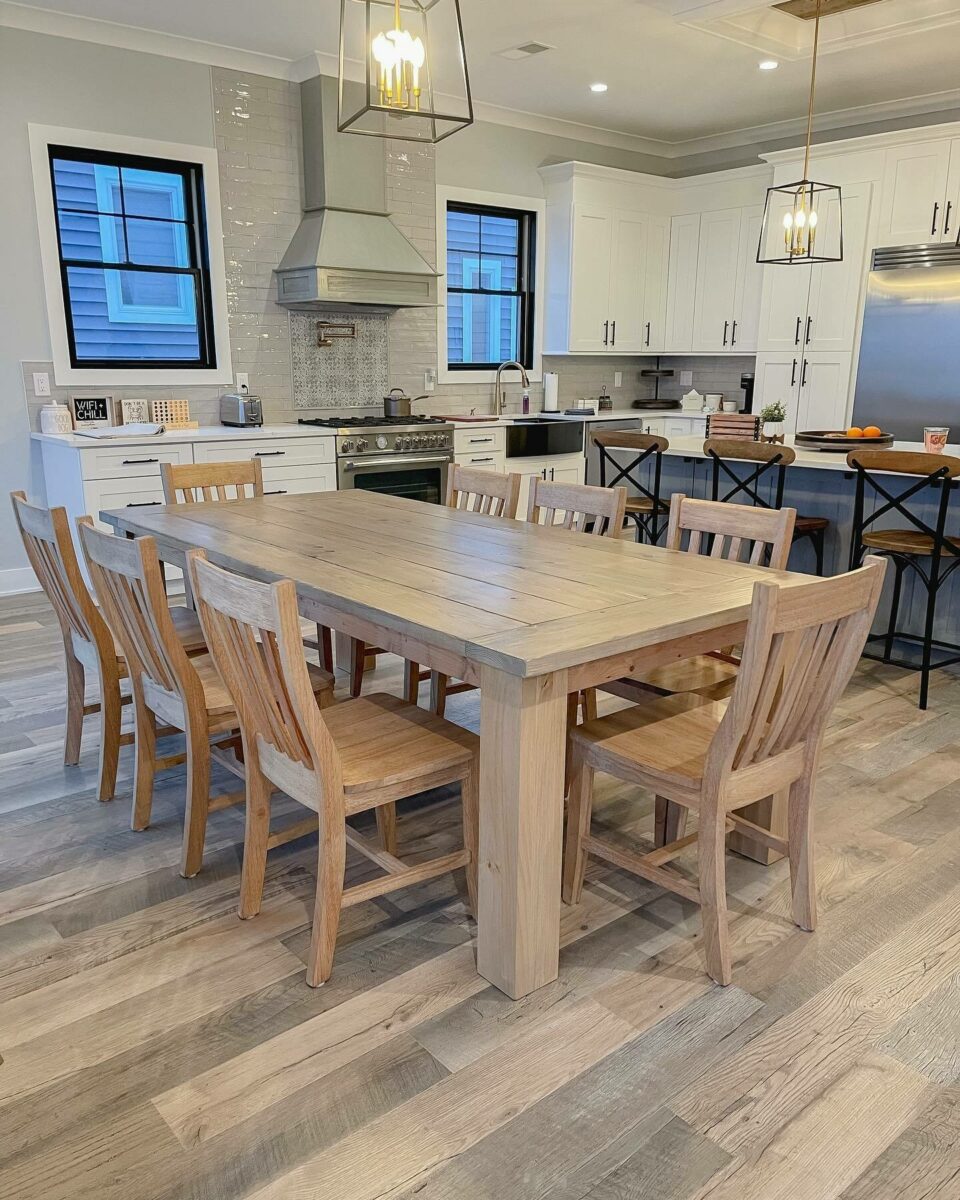Enhance Your Dining-room's Aesthetic with High-grade Dining Table Legs Wood
Enhance Your Dining-room's Aesthetic with High-grade Dining Table Legs Wood
Blog Article
Discovering the Different Kinds of Table Legs Wood for Your Dining Room
The option of dining table legs wood can exceptionally influence both the visual and practical qualities of your dining room. Strong timber options, such as oak and walnut, supply a timeless appearance with unrivaled longevity, while engineered wood alternatives use cutting-edge layouts that mimic the richness of natural grains.
Solid Wood Options

In addition, solid wood is renowned for its toughness and long life. Unlike crafted materials, solid wood is much less vulnerable to bending and damage in time when appropriately preserved. This makes it an ideal selection for family members or those that frequently organize gatherings. Each item of solid wood is one-of-a-kind, showcasing individual qualities that contribute to the charm and personality of the table.
In addition, strong timber can be ended up in many means, varying from natural oils to stained finishes, allowing homeowners to personalize their furniture to match their design. In summary, choosing strong wood for eating table legs not just makes certain architectural stability but additionally boosts the visual allure of the eating area, making it a worthwhile financial investment for any type of home.
Engineered Wood Alternatives

Plywood, constructed from numerous layers of wood veneer, is secure and particularly solid, making it a superb choice for dining table legs. Its layered structure permits it to stand up to adjustments in moisture and temperature level far better than conventional solid timber. MDF, on the other hand, provides a smooth surface area for paint or veneering, making it possible for developers to accomplish a polished appearance while preserving architectural stability.
Particleboard, commonly made use of in affordable alternatives, gives good stamina and is lightweight, making it much easier to manage. It may not be as sturdy as plywood or MDF. It is necessary to consider the desired usage and desired visual when selecting engineered timber options. These products not only boost the performance of dining spaces however also enable for better design versatility, ensuring that contemporary and standard styles can exist together harmoniously.
Reclaimed Wood Includes
Reclaimed wood offers a distinct blend of sustainability and personality, making it an increasingly popular choice for dining table legs. Sourced from old barns, factories, and other structures, recovered wood embodies a history that brand-new materials simply can not reproduce. Each item brings its own story, marked by distinct blemishes, knots, and differing grain patterns, which add to a table's one-of-a-kind internet visual charm.
Along with its visual charm, redeemed timber is an environmentally pleasant choice. By repurposing previously used materials, it minimizes the need for brand-new lumber, hence assisting to save forests and decrease waste. This straightens with an expanding consumer preference for lasting methods in furnishings.
Additionally, reclaimed timber is often more sturdy than freshly gathered wood because of its age. The natural drying out process that redeemed wood undertakes cause a denser and more powerful product, making it less vulnerable to bending and splitting. This enhances the durability of eating tables, allowing them to hold up against the rigors of day-to-day usage.
Softwood vs. Hardwood
When picking table legs, recognizing the differences in between softwood and wood is vital for attaining both aesthetic and useful goals. Softwoods, stemmed from coniferous trees, such as want and cedar, are characterized by their lighter weight and simplicity of adjustment. They commonly exhibit an even more rustic look, making them suitable for informal or country-style dining areas. Softwoods are generally much less durable than hardwoods, which can be a consideration for family members or those looking for long life in their furnishings.
On the various other hand, woods, sourced from deciduous trees like maple, oak, and cherry, are renowned for their thickness, toughness, and resilience. The elaborate grain patterns and important link rich colors of woods supply a timeless and innovative charm, making them suitable for official dining setups. While hardwoods tend to be a lot more costly and heavier, their resilience versus deterioration commonly justifies the investment.
Inevitably, the choice between softwood and hardwood for dining table legs need to align with your design vision, use requirements, and budget, making sure that your dining space mirrors your individual style while remaining useful over time.

Therapies and coatings
The visual appeal and longevity of dining table legs can be considerably enhanced through different surfaces and treatments. These procedures not only protect the timber from damages however likewise raise its look, permitting it to enhance varied interior designs.
One common treatment is discoloring, which permeates the wood and enhances its natural grain while adding shade. Discolorations supply an abundant, stylish look, making it possible for home owners to match their furnishings with existing style. Alternatively, clear surfaces such as polyurethane or varnish create a safety layer without changing the wood's initial color, making sure toughness versus damage.
Furthermore, natural oils, like tung or linseed oil, nurture the timber and use a subtle sheen, all while being environmentally friendly. These oils allow the surface area to breathe, preventing moisture build-up and potential bending.
For those seeking a rustic beauty, distressed or weather-beaten coatings can be put on create an aged appearance, adding personality to the piece. Eventually, the choice of coatings and treatments depends upon individual preference, preferred aesthetics, and the details wood type, making it important to think about these factors when selecting table legs for your area.
Verdict
To conclude, the choice of table leg materials considerably affects both the functional and aesthetic aspects of a dining area. Strong woods, engineered options, and redeemed options each offer distinctive benefits, dealing with numerous preferences and needs. Recognizing the differences between softwoods and hardwoods, in addition to appropriate finishes and therapies, enables notified decision-making. Inevitably, the selection of timber type must align with desired design, see page durability, and environmental considerations, improving the total eating experience.
The option of eating table legs wood can exceptionally affect both the practical and aesthetic high qualities of your eating area - Dining Table Legs Wood. Solid wood choices, such as oak and walnut, supply a traditional look with unequaled durability, while crafted timber options use ingenious designs that simulate the splendor of all-natural grains. Strong wood offers a timeless quality that can boost the general design of a dining area. Each piece of strong timber is unique, showcasing specific features that include to the appeal and character of the dining table
In addition, recovered timber is typically much more resilient than recently harvested timber due to its age.
Report this page